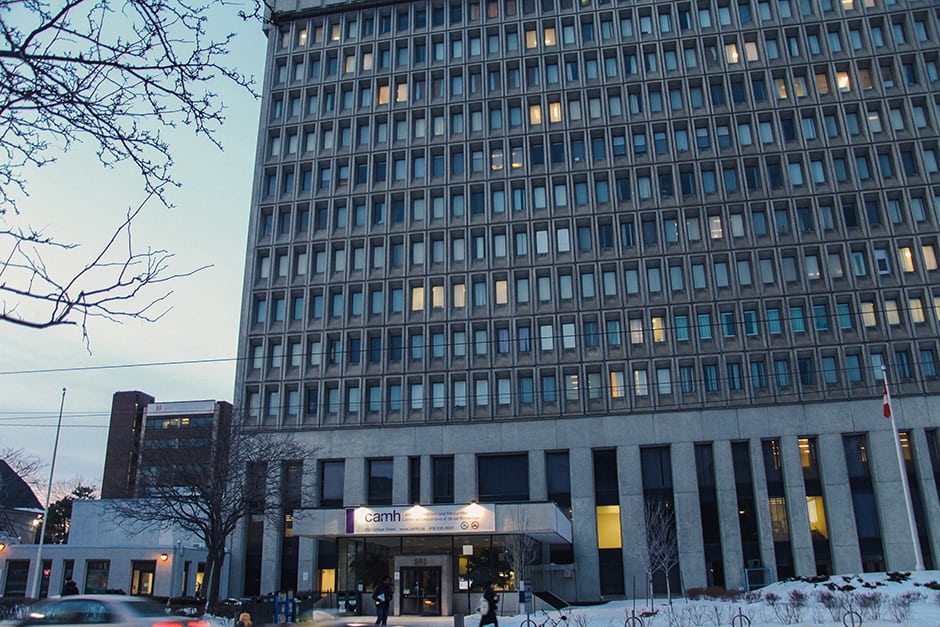The Centre for Addiction and Mental Health (CAMH) has recently revitalized its services and doubled its patient capacity with the official opening of the Gerald Sheff and Shanitha Kachan Emergency Department.
Established in 1966, CAMH was Canada’s first specialized 24-hour psychiatric emergency department, as well as the country’s largest mental health and addiction teaching hospital. The emergency department is open to the general public and serves people from 16 years of age and older who have a mental health or addiction concern.
Due to the rising awareness of mental health, there has been a growing demand for psychiatric services. The patient volume at CAMH has more than doubled since 2003. In the year 2012–2013, a total of 7400 visits to the emergency department were recorded.
According to Dr. Brittney Poynter, the clinical head of the Gerald Sheff and Shanitha Kachan Emergency Department, the hospital attends to 60 per cent of psychiatric emergencies in the central Toronto area and also treats patients from all over Ontario.
As the only dedicated emergency psychiatric department in Ontario, CAMH has a vision for the advancement of mental health care. The generous contributions of numerous donors coupled with the support of the Ministry of Health and Long-Term Care enabled this breakthrough transformation under the leadership of Gerald Sheff and Shanitha Kachan.
Prior to the renovations, the facility was outdated, cramped and inadequate. To efficiently address the urgent needs of patients and decrease long wait times, the new emergency department has two waiting areas, a quiet room for families, a lounge, a short stay unit with eight beds, and twice the number of interview rooms as before. Patients are assigned to either the acute or less-acute waiting room, allowing for increased privacy and comfort. Designed specifically for emergency psychiatric care, the facility includes better sight lines, barricade-free doors, rooms with double exits and weighted furniture.
CAMH takes an interdisciplinary approach to mental health care. Inter-professional collaboration of nurses, psychiatrists, social workers, and pharmacists leads to optimal recovery plans tailored to individual patients.
“We hope to achieve a safe, respectful, and dignified experience for all of our patients in the emergency department,” says Poynter. “[For] many of the people we see, it is their first interaction with the mental health care system ever and this can be frightening and can be traumatic,” she adds.
The emergency department hopes to provide a calming healing space for patients. The new renovations offer welcoming and therapeutic spaces for patients and families in crisis.


